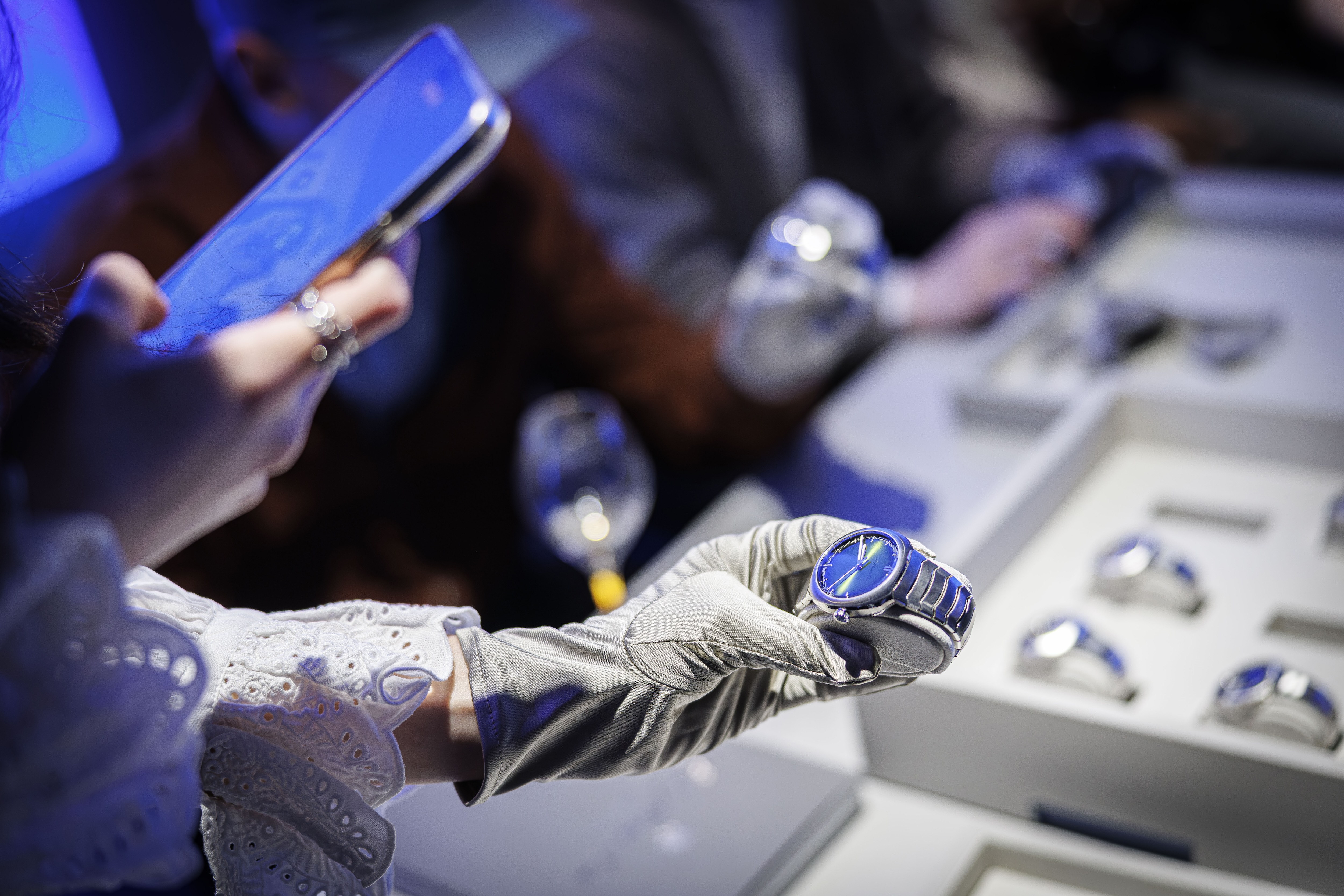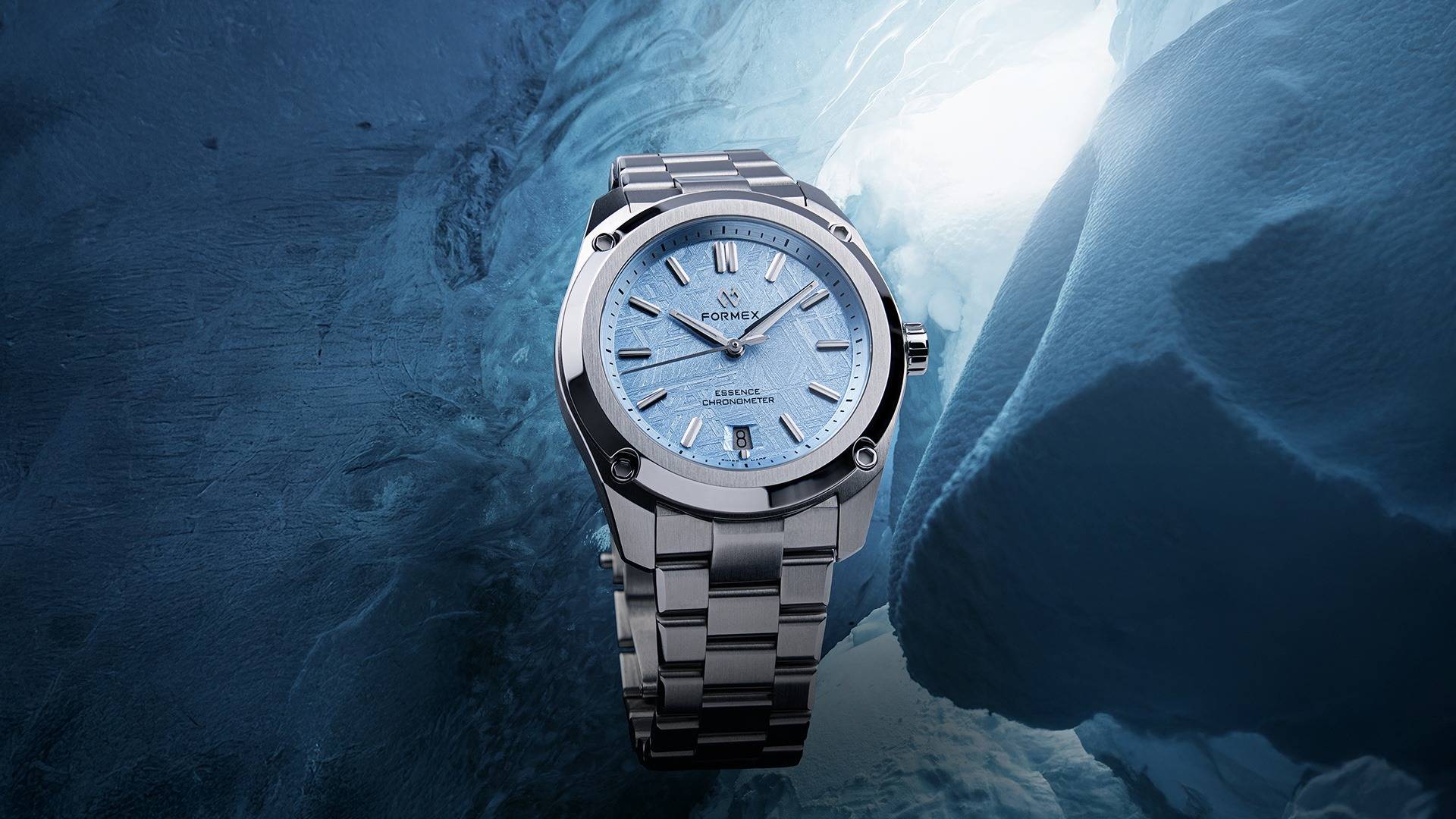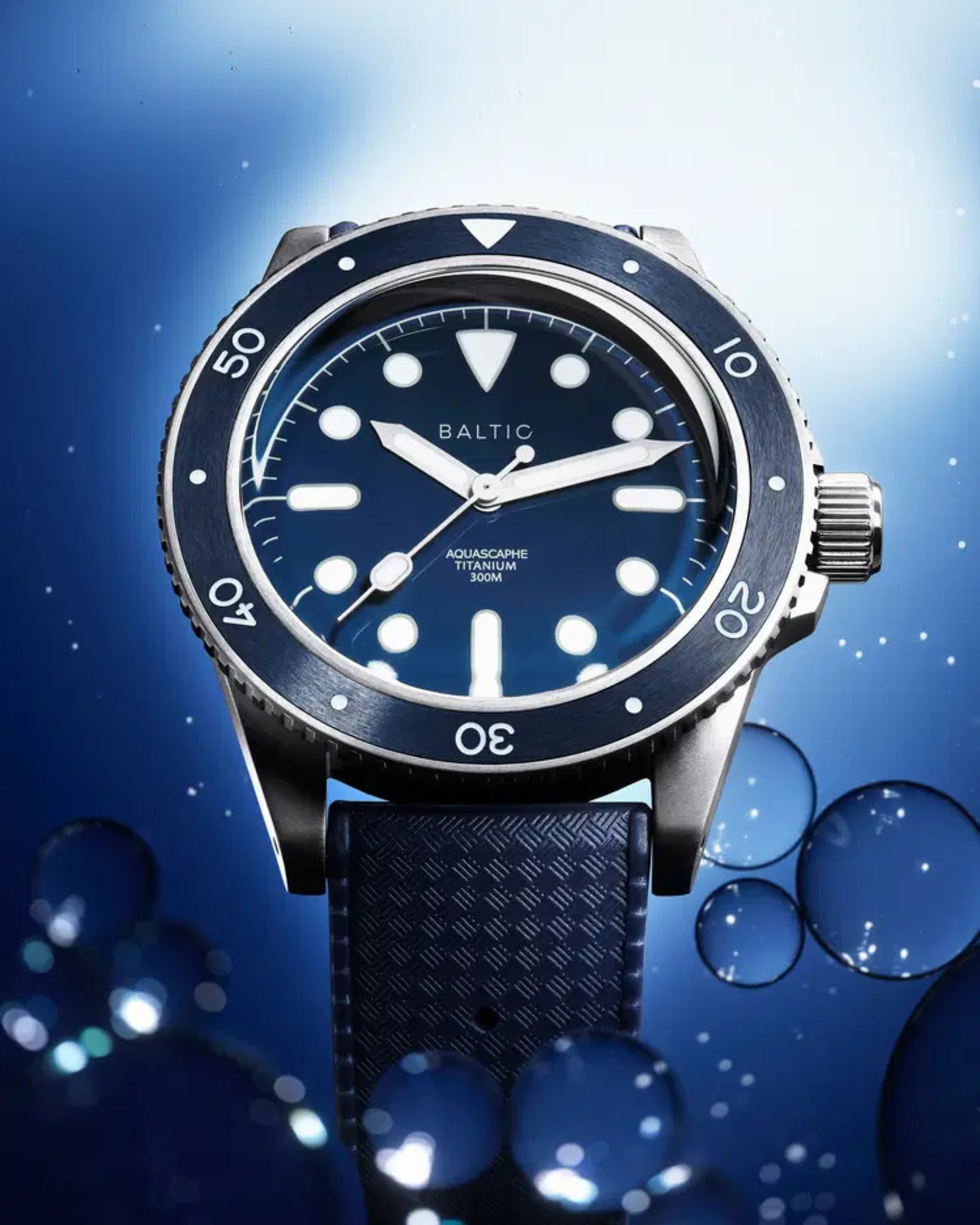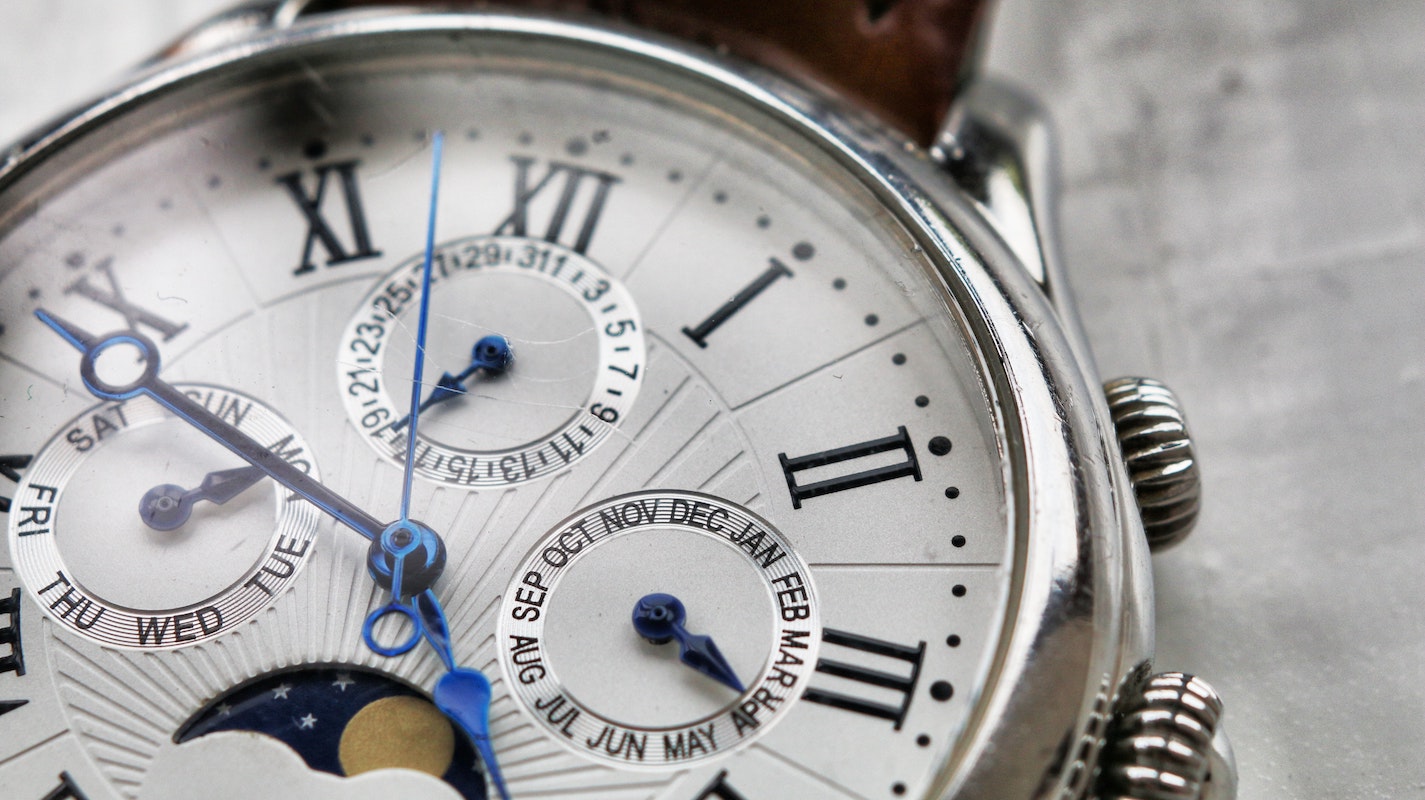For generations, Rolex, Cartier, and Breitling have been industry leaders in the luxury watch market, their dominance and legacies revered within and outside of the horological community. Over the last few decades, a slew of notable microbrand watches have recently risen in prominence, each offering premium craftsmanship and limited edition exclusivity that has earned high marks from experts and consumers alike.
While these indie brands may not possess the heritage of the usual suspects in the luxury watch market, what they have done is create dynamic designs that have resonated with a dedicated fan base. We are currently in the midst of a microbrand revolution, and here, we break down how microbrands are quietly revolutionizing the watch world in their own singular way. In this deep dive, we explore the top microbrands making waves, their standout features, and whether they hold long-term value for collectors.
How microbrands are meeting the demands of luxury consumers

In an industry ruled by heritage titans, microbrands have still managed to hold their own by incorporating three strategic advantages. Limited production runs are one way to create a sense of scarcity, transforming each watch into an instant classic that meets the demands of collectors. Direct-to-consumer sales models are also popular among microbrands that aim to offer exceptional luxury at price points that are more accessible, often as low as 30 to 50 times lower than timepieces of similar quality.
Microbrands like Traska, Formex, and Baltic have capitalized on their talents in innovation to distinguish themselves through daring design choices that major manufacturers would deem too niche or risqué. From Traska’s proprietary scratch-resistant coatings to Baltic’s vintage-inspired French aesthetic, these microbrands have made their mark. While these strategies have resulted in passionate followings, the ultimate test remains whether these watches can develop the same enduring value proposition as icons like the Rolex Submariner—a challenge that will determine whether the popular microbrands of today become tomorrow’s horological legends.
Traska: premium quality in a microbrand package

Traska has garnered acclaim among watch collectors by offering a strong resale value with its limited stock. Their hardened steel technology matches the durability of premium luxury watches, and their more popular Commuter and Freedriver models present a gorgeous aesthetic combined with technical mastery. With their singular style and mechanical prowess, Traska is considered one of the current microbrands with all the qualities necessary to transition into the top echelons of the watchmaking market.
Formex: Swiss precision at a fraction of the price

Swiss-made excellence at a competitive price is what Formex brings to the table, with their watches powered by COSC-certified chronometer movements, which place them in the same league as brands like Omega and Tudor. Formex’s formidable case suspension system, skeletonized dials, and ceramic bezels deliver the same premium quality found in big-name brands. For watch aficionados seeking Swiss precision and craftsmanship without the steep Rolex price tag, Formex is a worthy contender.
Baltic: Vintage charm, modern reliability

Baltic has captivated watch enthusiasts by masterfully bringing together vintage charm with contemporary reliability. The brand is synonymous with a French retro look, which is evident in their Aquascaphe and HMS 002 models. The timepieces pay homage to 1940s dive watches while incorporating modern touches for today’s wearer. Despite its classic aesthetic, Baltic remains accessible to a broader audience, offering affordable mechanical movements from Miyota and Sellita, which help keep prices under $1,000. The brand’s growing presence in the market is further evidenced by its strong secondary market, where certain models already command prices above retail — a promising indicator of future collectability. With its singular niche appeal and commitment to classic design, Baltic has what it takes to become the next breakout star in the world of vintage-inspired watches.
Microbrands vs. Rolex and Omega: The long-term outlook

Microbrands still have years and generations to go before they are as well-known as the industry leaders like Rolex or Omega, but in quick succession, they have managed to carve out their own niche by filling the gaps in consumer demands with dynamic designs, vintage re-interpretations, and innovative materials. In addition to these elements, microbrands provide exceptional value, premium specs (Swiss movements, sapphire crystals), and cultivate a community of enthusiasts through direct engagement that fosters loyalty.
While these policies alone will not dethrone the industry titans, they do serve as an excellent entry point for new watch collectors seeking luxury timepieces. Microbrands offer a viable option by offering expert craftsmanship without all the hoopla associated with bigger labels.
Final verdict: Microbrands are worth it
With their original designs, exceptional appeal, and the essence of luxury, today’s watch microbrands have proven that exorbitant budgets and long waitlists are not necessary to own something truly special. Collectors valuing design over logos can enjoy some of the finest collections currently available in the modern marketplace.




